Private Prisons and the Economics of Incarceration: Anidjar & Levine Report Examines Growing Impact on U.S. Justice System
A new policy analysis from Florida-based law firm Anidjar & Levine is drawing attention to... The post Private Prisons and the Economics of Incarceration: Anidjar & Levine Report Examines Growing Impact on U.S. Justice System appeared first on Social Media Explorer.

A new policy analysis from Florida-based law firm Anidjar & Levine is drawing attention to the expanding role of private prisons in the United States, highlighting how profit motives continue to shape incarceration policies, operational practices, and sentencing trends across the country.
As of late 2022, more than 90,000 people were held in privately operated correctional facilities, roughly 8% of the nation’s total state and federal prison population. Although the overall number appears relatively small, the disproportionate influence of these institutions is creating lasting effects on the broader justice system. The study presents a detailed overview of the current landscape, exposing financial incentives that can conflict with public policy goals like rehabilitation, decarceration, and systemic equity.
The private prison model operates on a for-profit basis, with corporations such as CoreCivic and GEO Group securing government contracts to house inmates at a fixed daily rate per person. These contracts often include occupancy guarantees or financial penalties for underuse, giving prison operators a direct incentive to keep beds filled, regardless of actual crime trends or rehabilitation outcomes.
Data from the Prison Policy Initiative shows that the industry generates approximately $374 million in annual revenue. Yet the two largest companies, CoreCivic and GEO Group, together report earnings exceeding $3.5 billion annually through a combination of prison management, detention services, and reentry programs. To protect these revenue streams, the private prison lobby invests heavily in political efforts that favor harsh sentencing laws and incarceration-heavy policies. On average, more than $1 million is spent annually lobbying for legislation that contributes to prison population growth, including mandatory minimums and three-strikes laws.
Labor practices are another major concern. Inmates in private facilities often work for wages ranging between 13 and 52 cents per hour, substantially lower than what’s considered fair compensation by any external labor standard. These savings, alongside lower-paid staff, reduced benefits, and stripped-down rehabilitation programs, help private prisons claim 12% cost savings per inmate compared to public institutions. However, critics argue these savings come at the cost of safety, dignity, and long-term public outcomes.
Statistical trends reinforce those concerns. Private prisons report 65% more violent incidents than their public counterparts. Health and sanitation also suffer, with private facilities reporting higher rates of infectious disease outbreaks, including a threefold increase in tuberculosis cases. Overcrowding, driven by a desire to maximize per-bed revenue, amplifies these risks.
The distribution of private prison usage varies significantly by state. In Montana, nearly half the prison population is held in private facilities. New Mexico, Arizona, Tennessee, and Hawaii also rely heavily on private incarceration, with more than 20% of their inmates housed in for-profit prisons. On the other end of the spectrum, 22 states, including California, Michigan, New York, and Wisconsin, have eliminated or restricted their use of private prison contractors.
Legal developments at the federal level have further complicated the picture. In January 2025, a new executive order reversed the previous administration’s federal ban on private prison contracts. While federal use had dropped to zero inmates in privately run prisons by early 2025, the policy shift paved the way for renewed contracts and facility expansion under the Bureau of Prisons.
The analysis from Anidjar & Levine also points to the broader ripple effects of privatized incarceration, including the distortion of local jail systems. In some areas, local jails contract with state or federal agencies to house overflow inmates, often in partnership with private providers. This can result in expanded jail infrastructure, inflated population counts, and fiscal dependence on incarceration at the community level.
The cumulative effect of these dynamics is clear: the for-profit prison model introduces a set of financial priorities that can conflict with the goals of criminal justice reform, including decarceration, public safety, and equitable treatment. By prioritizing cost-cutting, lobbying influence, and inmate occupancy over rehabilitation and reintegration, the system perpetuates cycles of incarceration rather than addressing the root causes of crime.
The findings underscore a national reckoning with how correctional policy is shaped and who benefits most. As the debate around sentencing reform, inmate rights, and justice system modernization continues, the role of private prisons will likely remain a central and contentious issue.
The post Private Prisons and the Economics of Incarceration: Anidjar & Levine Report Examines Growing Impact on U.S. Justice System appeared first on Social Media Explorer.

















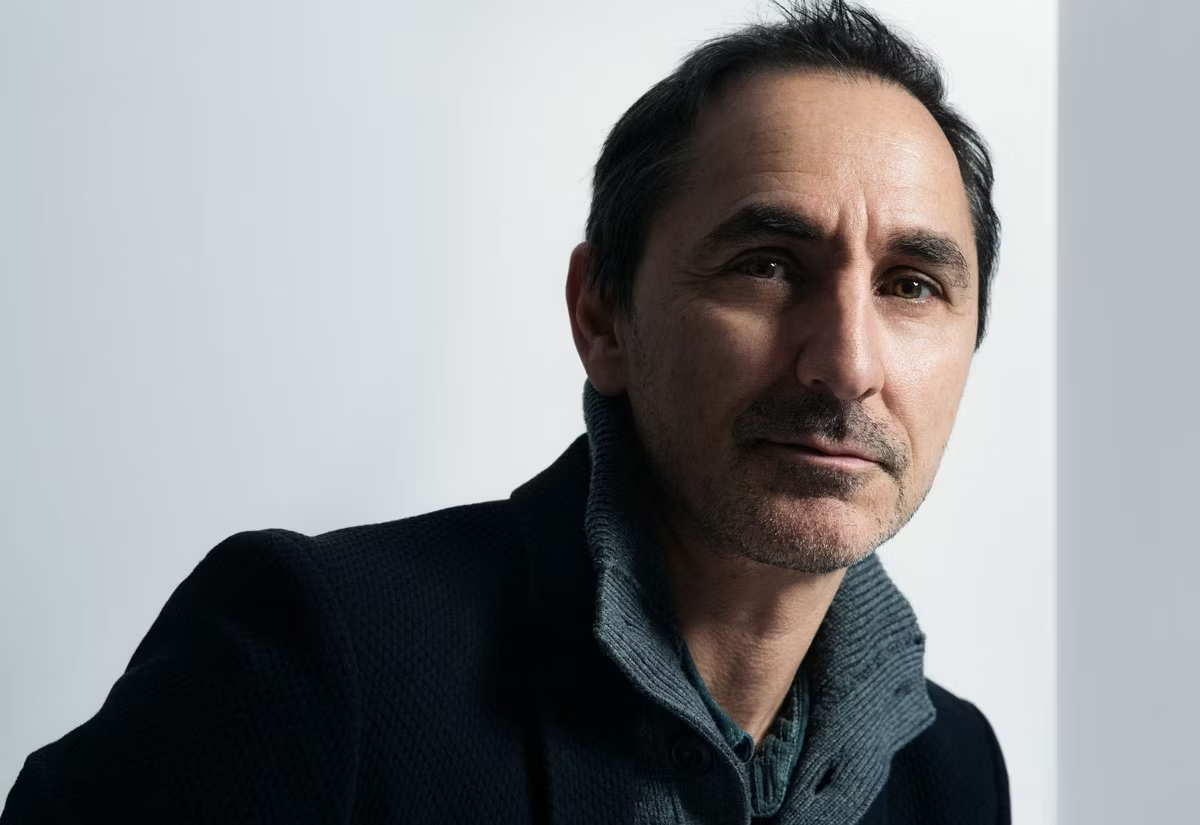

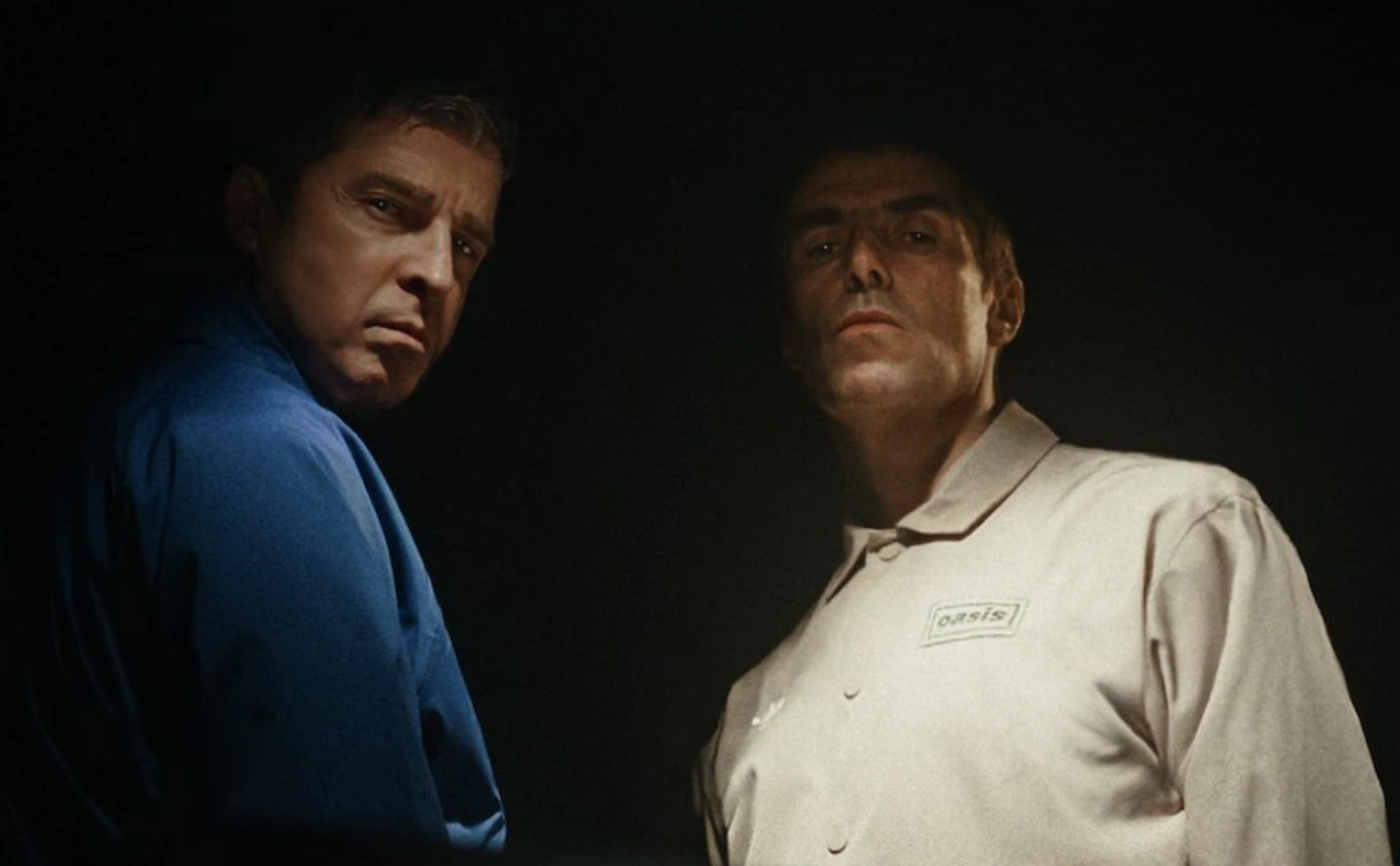

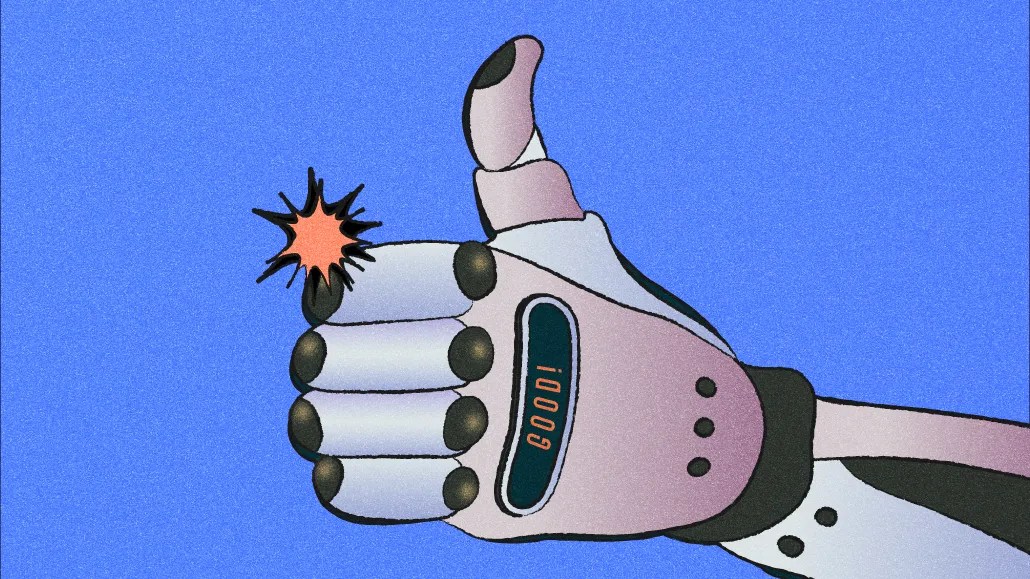



![How To Drive More Conversions With Fewer Clicks [MozCon 2025 Speaker Series]](https://moz.com/images/blog/banners/Mozcon2025_SpeakerBlogHeader_1180x400_RebeccaJackson_London.png?auto=compress,format&fit=crop&dm=1750097440&s=282171eb79ac511caa72821d69580a6e#)

![Brand and SEO Sitting on a Tree: K-I-S-S-I-N-G [Mozcon 2025 Speaker Series]](https://moz.com/images/blog/banners/Mozcon2025_SpeakerBlogHeader_1180x400_LidiaInfante_London.png?auto=compress,format&fit=crop&dm=1749465874&s=56275e60eb1f4363767c42d318c4ef4a#)








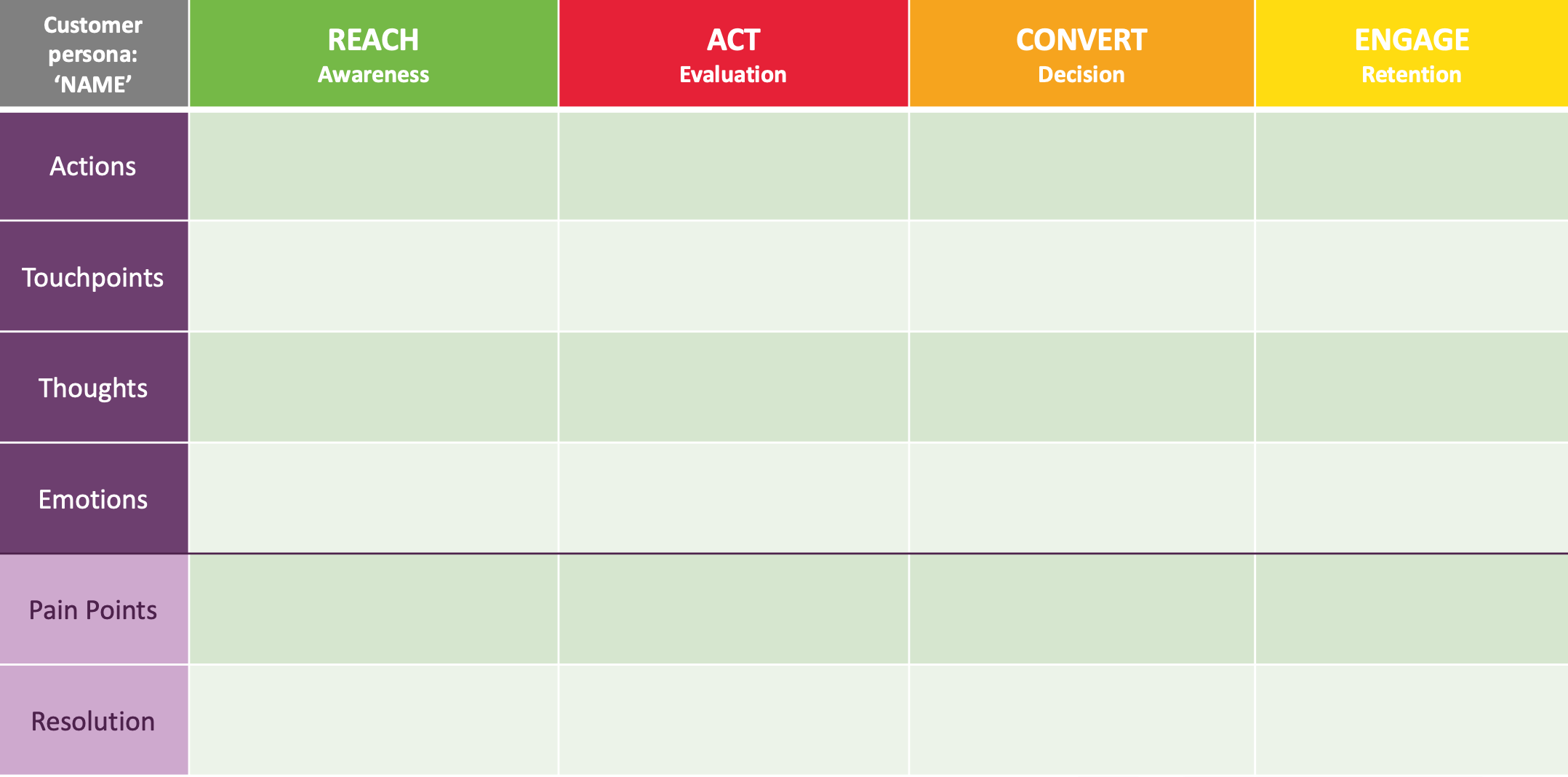















![The 11 Best Landing Page Builder Software Tools [2025]](https://www.growthmarketingpro.com/wp-content/uploads/2024/04/best-landing-page-software-hero-image-1024x618.png?#)


































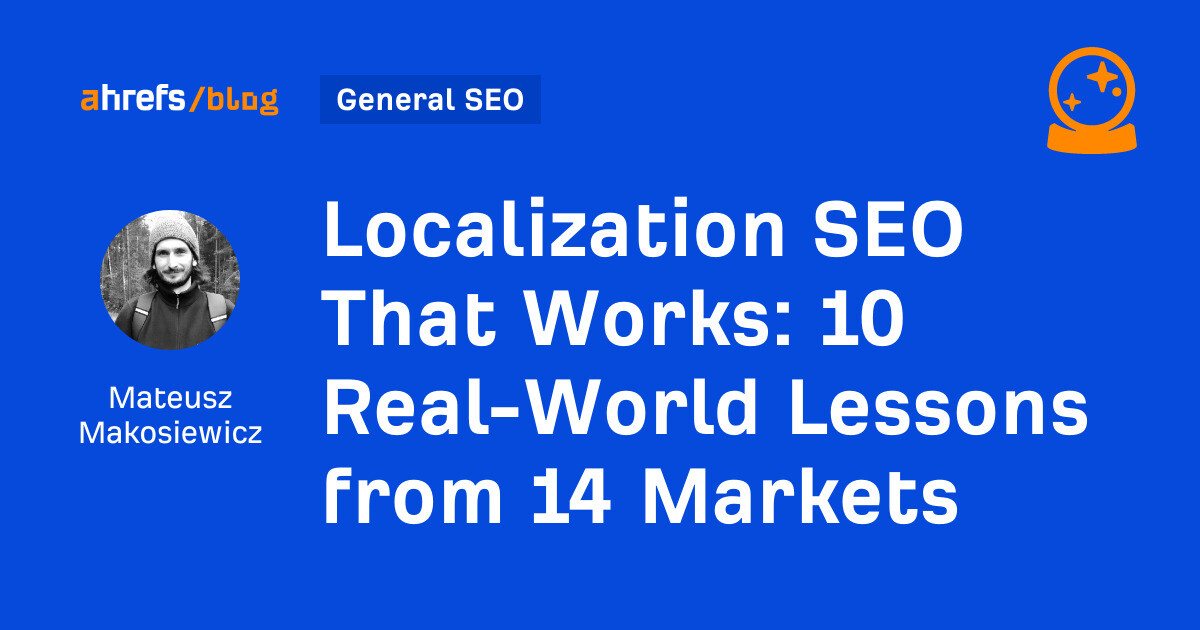



![How to Create an SEO Forecast [Free Template Included] — Whiteboard Friday](https://moz.com/images/blog/banners/WBF-SEOForecasting-Blog_Header.png?auto=compress,format&fit=crop&dm=1694010279&s=318ed1d453ed4f230e8e4b50ecee5417#)
![How To Build AI Tools To Automate Your SEO Workflows [MozCon 2025 Speaker Series]](https://moz.com/images/blog/banners/Mozcon2025_SpeakerBlogHeader_1180x400_Andrew_London-1.png?auto=compress,format&fit=crop&dm=1749642474&s=7897686f91f4e22a1f5191ea07414026#)

















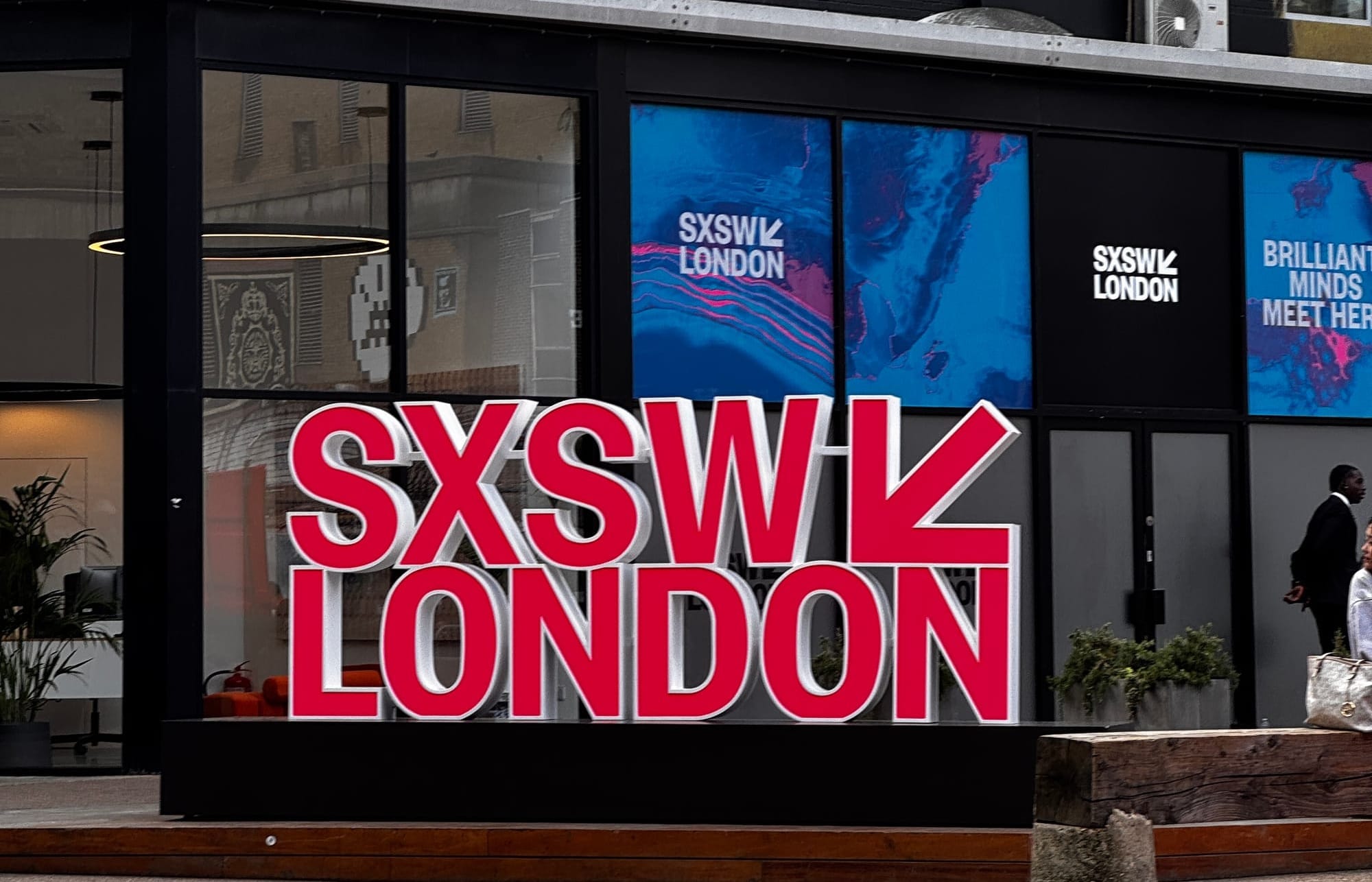






![Brand pitch guide for creators [deck and email templates]](https://blog.hootsuite.com/wp-content/uploads/2022/06/brand-pitch-template.png)
















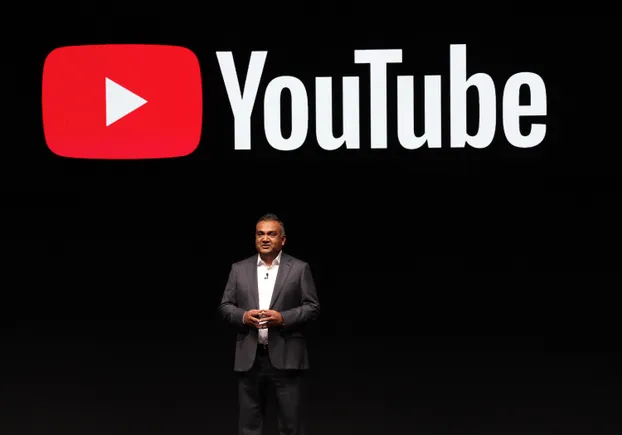
![The Largest Communities on Reddit [Infographic]](https://imgproxy.divecdn.com/vfTS-YsC_ZrqM6F4tAXJgV6qj3gCHSsf2dvHufDbrrQ/g:ce/rs:fit:770:435/Z3M6Ly9kaXZlc2l0ZS1zdG9yYWdlL2RpdmVpbWFnZS9sYXJnZXN0X3JlZGRpdF9jb21tdW5pdGllczIucG5n.webp)







